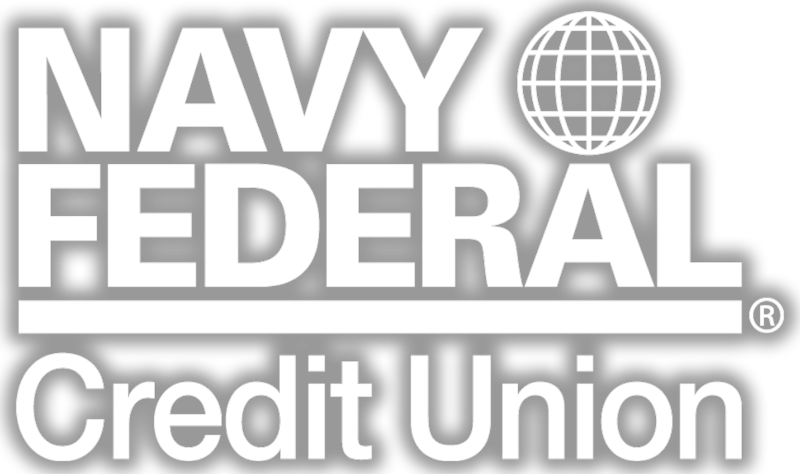A college degree can unlock a world of opportunities. In fact, many employers seek college-educated workers. But financing a college education and tackling student loan debt is an issue facing many Americans today, including servicemembers and their families. Total student loan debt has surpassed $1.5 trillion, with 4 in 10 students carrying over $30K in outstanding student loans.
If you or a family member is interested in higher education, or even if you already have student loans, you’ll need financing options. There are several ways you can approach the situation.
Make the Most of "Free" Funding
Look for funding options you don’t need to pay back. Programs like the Post 9/11 GI Bill cover servicemembers for college tuition and expenses. In some cases, you may be eligible to receive 100 percent tuition coverage, a monthly housing allowance and a stipend for books and supplies. The length of your service is an important factor when determining how much you can receive. If you don’t use any or all of your GI Bill benefits, you can transfer them to your family members, such as your spouse or dependents.
Take advantage of grants and scholarships if you can too. These are generally offered through the federal and state government, as well as schools and nonprofit organizations. Grants tend to be based on financial need, whereas scholarships are awarded for accomplishments or merit.
Apply for Funding Through the Federal Government
Your next stop for funding should be federal loans. You can apply for federal loans by completing the Free Application for Federal Student Aid (FAFSA). From fixed interest rates to different repayment options, federal loans provide various protections that can be helpful after you graduate from school.
“There is a limit, however, to how much you can borrow from the federal government,” said Carrie Foran Sepulveda, manager of education lending at Navy Federal Credit Union. “If you reach that point, then it’s time to look into private student loans from your trusted financial institution.”
When Federal Loans Don’t Pay For All Your Costs
Private student loans are usually available through financial institutions and cover the same types of expenses, such as tuition, room and board, books and travel to-and-from school. Students are able to apply for private student loans by themselves, but oftentimes can secure a better interest rate with a credit-worthy cosigner. Just make sure all applicants understand the loan terms and obligations entirely before signing on the dotted line.
Consolidate Your Loans to Balance Your Budget
Let’s say you’ve already got your degree, and you’re making payments on your student loans. There are ways to make managing those monthly payments easier.
Consolidating means adding all of your student loan balances together, and then refinancing the total into one loan with one monthly payment. This may also change how long and how much interest you pay on the loan.
“The idea is to make consolidation work for you and ultimately secure a more manageable monthly payment,” said Foran Sepulveda.
If you’re a servicemember who took out a student loan before enlisting in the military and are currently carrying that debt, review your SCRA benefits before refinancing your student loans.
Bottom Line
When it comes to funding education, start with the financing options that don’t need to be paid back, like the GI Bill, grants or scholarships. Next, check your options through the federal loan program, and then look to private student loans.
If you’re already making payments on your student loans, remember refinancing is an option, but make sure it’s right for you and your budget.
A college education is an investment in your future for both you and your family. Don’t hesitate to speak with your trusted financial institution to see what advice and products they have for you.






